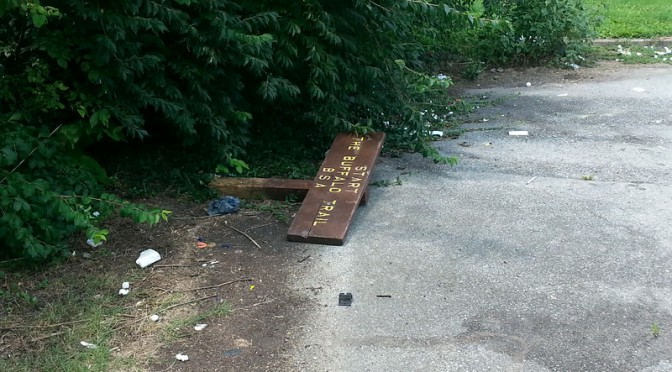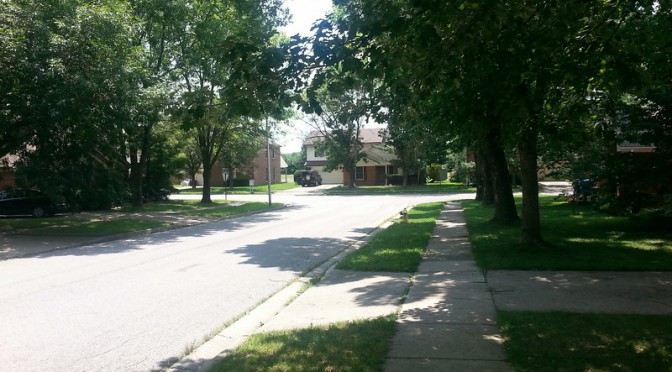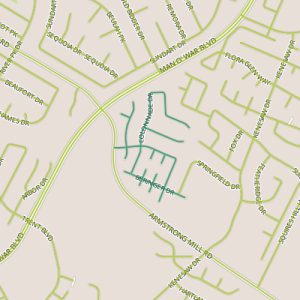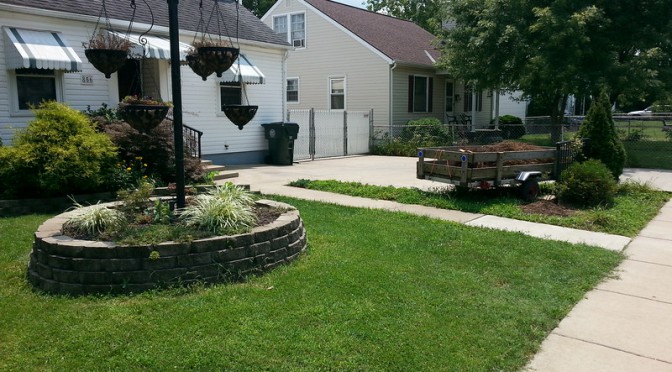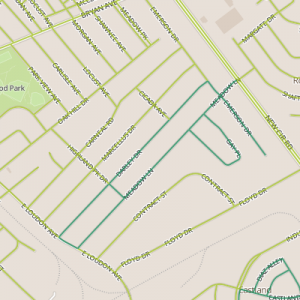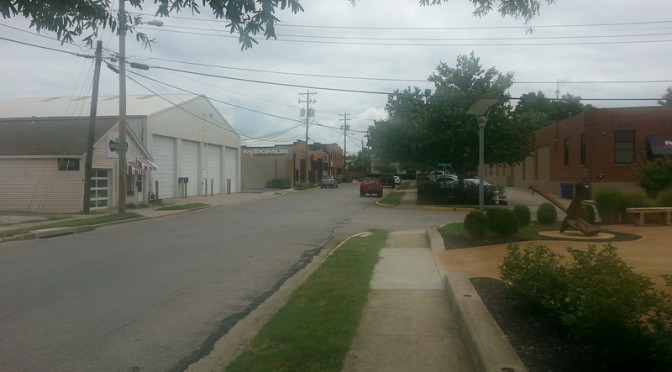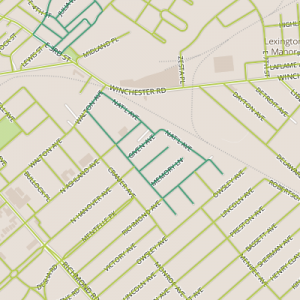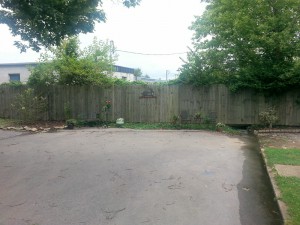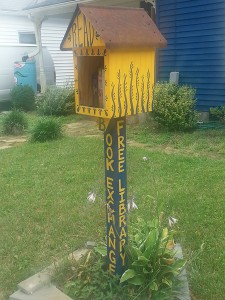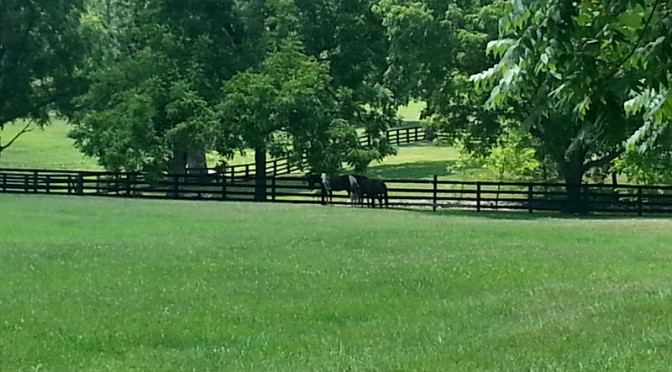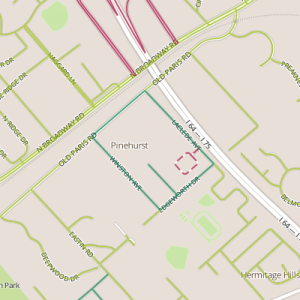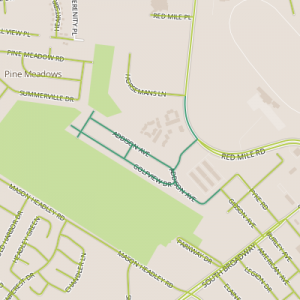 Today’s walk was in a subdivision called Golfview Estates, a neighborhood of 1940’s era frame houses sandwiched between the Red Mile track and the Gay Brewer Jr. golf course. As I’ve come to expect from older (that is, pre 1950’s) neighborhoods, there are a lot of interesting things going on here. There are nice things, flower filled yards, or ones decorated with knicknacks. Not all of the interesting things are good; one house has a driveway that has for all purposes been converted into a trash heap. A number of homes loudly proclaimed that they had CCTV systems and that your every move was being recorded (in one case, this may have been to protect materials being used in a remodel rather than personal property, but the number of people who felt the need to post such signs was striking. I wonder if this is a good indicator of the safety of a neighborhood or whether people notice that their neighbors have done something and decide it’s a good idea.
Today’s walk was in a subdivision called Golfview Estates, a neighborhood of 1940’s era frame houses sandwiched between the Red Mile track and the Gay Brewer Jr. golf course. As I’ve come to expect from older (that is, pre 1950’s) neighborhoods, there are a lot of interesting things going on here. There are nice things, flower filled yards, or ones decorated with knicknacks. Not all of the interesting things are good; one house has a driveway that has for all purposes been converted into a trash heap. A number of homes loudly proclaimed that they had CCTV systems and that your every move was being recorded (in one case, this may have been to protect materials being used in a remodel rather than personal property, but the number of people who felt the need to post such signs was striking. I wonder if this is a good indicator of the safety of a neighborhood or whether people notice that their neighbors have done something and decide it’s a good idea.
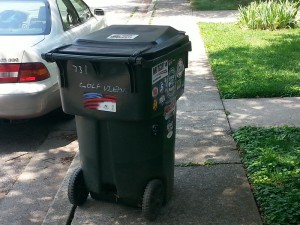
This area leaves some unsolved mysteries. For example, how does a Boy Scouts trailhead sign find it’s way to a dead-end street? And when one covers their trash bin with bumper stickers, it the intent to say what you really think about whatever it advertizes?
What worked: Lots of interesting things
What didn’t: The sidewalk configuration, which basically necessitates that the Herbie, et. al., trash barrels are placed on the sidewalk for collection.
